|
|
2005.4
Le Nozze di Figaro |
Music by Wolfgang Amadeus Mozart (1790)
Libretto by Lorenzo da Ponte
OPERA HOUSE
5 performances
April 7(Thu)6:30pm, 9(Sat)5:00pm, 11(Mon)6:30pm, 14(Thu)6:30pm,
17(Sun)3:00pm 2005
Approximate running time: 3 hours, 20 minutes with 1 intermission |
| Conductor: Hirai Hideaki
Director: Andreas Homoki
Scenery Design: Frank Philipp Schlössmann
Costume Design: Mechthild Seipel
Lighting Design: Frank Evin
<MAIN CAST>
Il Conte Almaviva: Wolfgang Brendel
La Contessa Almaviva: Emily Magee
Figaro: Maurizio Muraro
Susanna: Matsubara Yuna |
|
| |
| Background |
| Le Nozze di Figaro (The Marriage of Figaro) by Mozart has
won its immortality and continued to be performed at opera houses
worldwide. The opera is based on the play of political satire by Beaumarchais,
who lived in the period of the French Revolution. The libretto was
written by Lorenzo da Ponte, well-known for his collaboration with
Mozart, and Le Nozze di Figaro, Don Giovanni and
Così Fan Tutte, all produced through the collaboration
between the two, are said to be the greatest masterpieces among Mozart’s
works. Because the original work was a satirical play in which tactful
ordinary people outwit corrupt noblemen of the day, it was feared
whether permission to perform the opera could be obtained or not.
However, it premiered in Vienna in 1788 and its subsequent performance
in Prague gained explosive popularity. Characters of various classes,
from the nobility to the common people, appear on the stage, and the
opera uses the then prevailing dramaturgical rule of trois unités
(three unities) to depict the hot clash of action of a day’s
events. There are many highlights, including the light and airy overture
inviting the audience to the comedy, “Voi che sapete
(You who know)” by Cherubino, “Non più andrai
(No longer will you go)” by Figaro and the Countess’s
superb aria “Dove sono i bei momenti (Where are the
golden moments?).” The ensembles that adorn the final scenes
of Acts II and IV are also some of the best parts of the opera. Le
Nozze di Figaro was chosen by Artistic Director Thomas Novohradsky
as the opener of the NNTT’s 2003/2004 season because it is musically
and theatrically a major milestone in operatic history. The direction
by Andreas Homoki demonstrated the new direction of the NNTT, with
critics commenting that the NNTT had “got off to a good start.”
On the opening night, boos and bravos at the curtain call extended
beyond the theatre, bringing about lively discussions among the opera
fans even after the performance was over. |
| Synopsis |
| A former barber and now a servant of Count Almaviva, Figaro is going
to marry Susanna, a servant of the Countess. Although the Count has
already given up the right of the first night (the lord’s right
to share the first marriage night with his servant’s bride in
place of the servant), the Count, who fancies Susanna, intends to
reclaim the right. The Countess laments that her husband’s love
for her is cooling. Therefore, the Countess, Figaro and Susanna all
conspire to outwit the Count. They use Susanna’s clothes to
disguise Cherubino, a page at puberty, as a woman and try to lure
out the Count but fail. Meanwhile, Dr. Bartolo’s housekeeper
Marcellina, who loves Figaro, tries to hold him to an agreement he
made to marry her if he could not repay a loan and initiates a lawsuit.
It is revealed, however, that Figaro is Marcellina’s child,
ending in a happy reunion. The Countess and Susanna exchange clothing
and plot to catch the Count in the act of flirting. Not knowing of
the plot, Figaro is confused momentarily but soon understands. The
Count is tricked as planned and humbly begs his wife’s forgiveness.
All rejoice in the happy ending of the “mad day.” |
|
| |
| |
<Conductor> |
<Director> |
|
| |
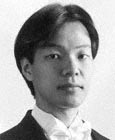 |
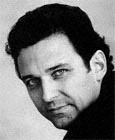 |
|
| |
Hirai Hideaki |
Andreas Homoki |
|
| <Main Cast> |
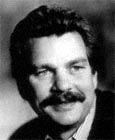 |
 |
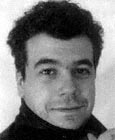 |
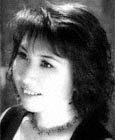 |
| Wolfgang Brendel |
Emily Magee |
Maurizio Muraro |
Matsubara Yuna |
|





